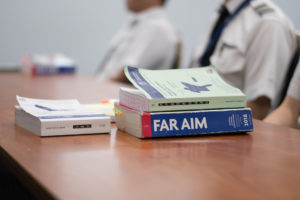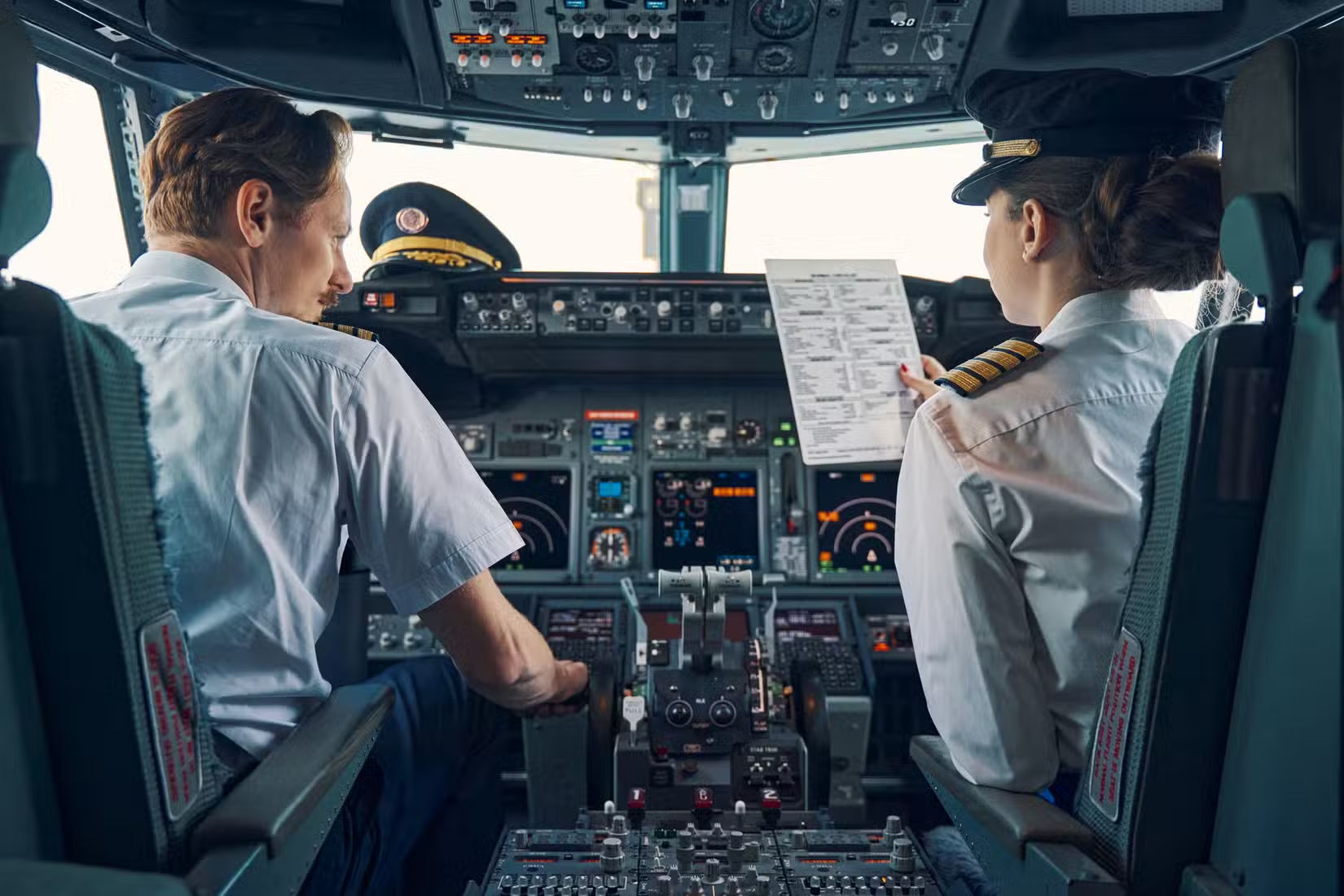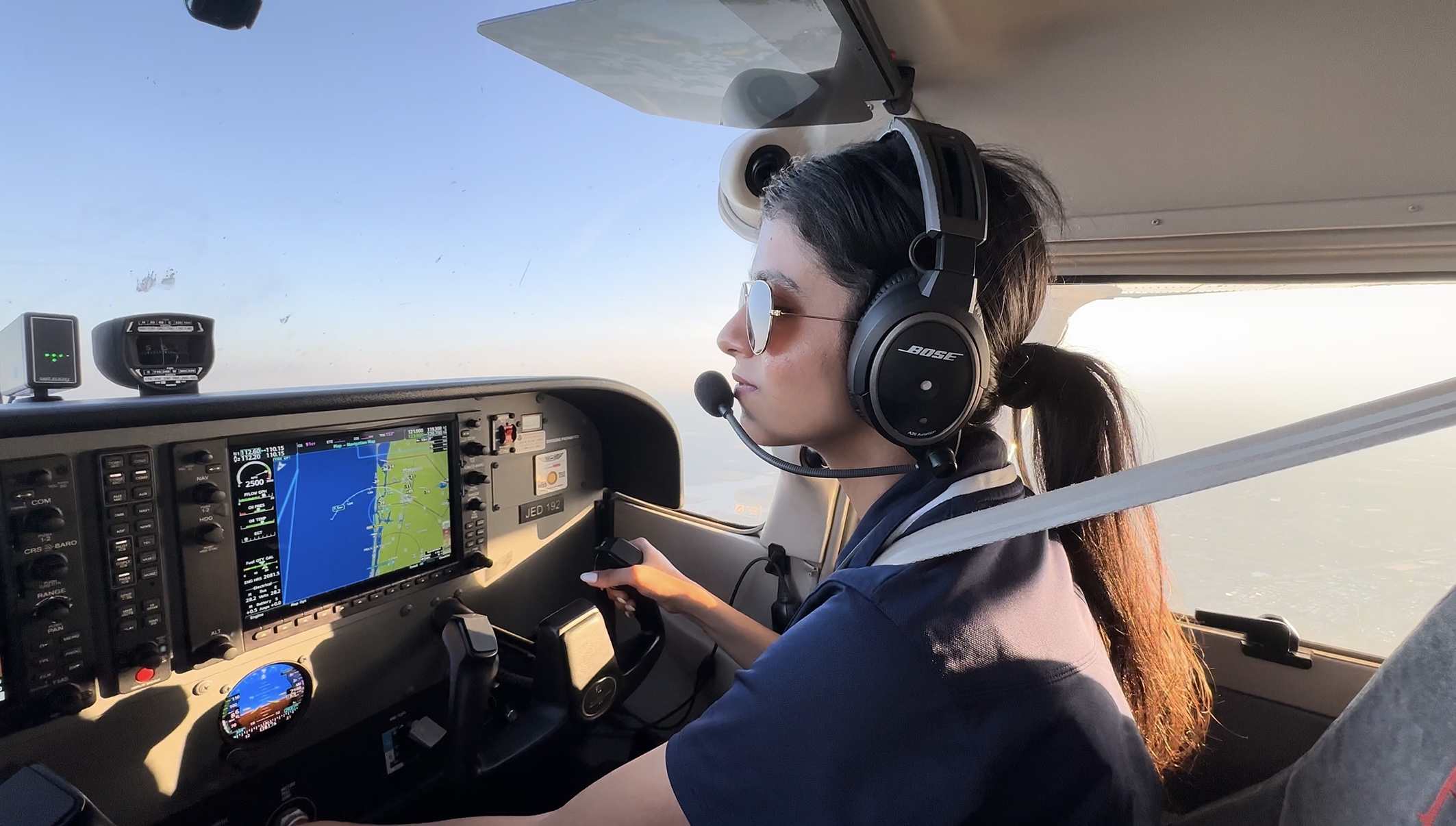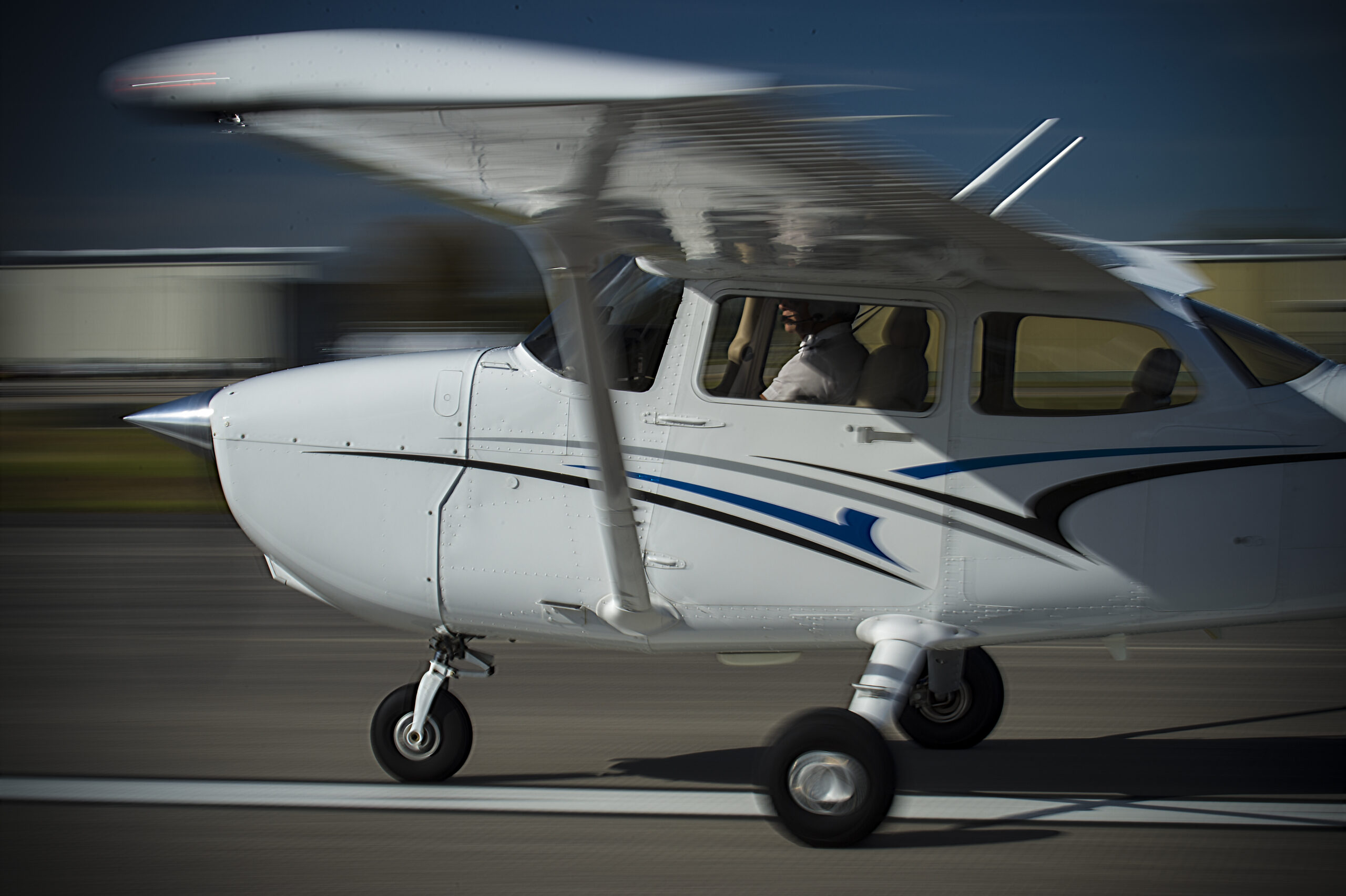6 Different Types Of Pilot Certifications
When a student begins their flight training, oftentimes their end goal is to become a pilot for a major airline. However, there are a number of different pilot licenses and ratings an individual can obtain and it is important to understand the differences between the types of pilot licenses and how they differ from a rating an individual can get.
Private Pilot
 The Private Pilot License (PPL) is the first license a pilot earns. It allows the holder to act as pilot in command of an aircraft privately. Obtaining a PPL is the fundamental step toward a career as an airline pilot. It is the most common pilot certificate since the training requirements are more intensive than recreational or sport pilot licenses, which are two licenses that will be further discussed later. Individuals who obtain a PPL can fly at night, in controlled airspaces, and in the category of aircraft they are certified for (typically small single engine aircraft). However, private pilots cannot fly for compensation, for hire, or for commercial purposes.
The Private Pilot License (PPL) is the first license a pilot earns. It allows the holder to act as pilot in command of an aircraft privately. Obtaining a PPL is the fundamental step toward a career as an airline pilot. It is the most common pilot certificate since the training requirements are more intensive than recreational or sport pilot licenses, which are two licenses that will be further discussed later. Individuals who obtain a PPL can fly at night, in controlled airspaces, and in the category of aircraft they are certified for (typically small single engine aircraft). However, private pilots cannot fly for compensation, for hire, or for commercial purposes.
The training requirements to obtain a PPL are:
- At least 40 hours flight time
- 20 hours with an instructor
- Maneuvers testing
- Knowledge exam
Getting a private pilot license allows pilots to start building hours and experience toward advanced certificates that permit working professionally. Though private pilots fly small personal aircraft initially, the skills learned serve as the foundation for piloting larger and more complex aircraft.
Commercial Pilot
A Commercial Pilot License (CPL) allows pilots to be compensated for their flying services and is a key step toward an aviation career, though additional training is needed for airline flying, though additional training is needed for the airlines. A CPL permits pilots to fly for hire as they build flight hours and experience. However much like the misconception many have about obtaining a PPL and flying private jets, many associate receiving a CPL and flying for a commercial airline. While a CPL unlocks professional piloting, further licenses are required to fly for commercial airlines.
Training and testing to obtain a CPL are:
- Training for a CPL focuses on flying complex aircraft with features like retractable landing gear, flaps, and controllable-pitch propellers. Students at PEA who are working toward obtaining their CPL have the opportunity to complete their training in either a Diamond DA 42 or Piper Seneca, both of which are multi engine aircraft.
- Students must pass knowledge tests on navigation, regulations, meteorology, aerodynamics, and other areas.
A Commercial Pilot License allows pilots to begin working in various paid piloting jobs apart from the airlines. This includes sightseeing tours, traffic monitoring, aerial photography, crop dusting, and more. The experience builds towards an ATP (Airline Transport Pilot) License, which will be examined in detail after discussing the importance of flight instructors.
Flight Instructor
 Instructor Ratings are critical certifications for pilots aspiring to teach flight students. This crucial credential signifies that a pilot possesses the necessary approval, skills, and knowledge to deliver flight training that meets stringent safety and quality standards. Becoming a flight instructor is not just a career milestone; it’s a strategic financial decision. Instructors at PEA can gain the requisite 1500 flight hours for an Airline Transport Pilot License (ATPL) more economically, as they earn while instructing, thereby bypassing the significant costs of accumulating flight hours independently.
Instructor Ratings are critical certifications for pilots aspiring to teach flight students. This crucial credential signifies that a pilot possesses the necessary approval, skills, and knowledge to deliver flight training that meets stringent safety and quality standards. Becoming a flight instructor is not just a career milestone; it’s a strategic financial decision. Instructors at PEA can gain the requisite 1500 flight hours for an Airline Transport Pilot License (ATPL) more economically, as they earn while instructing, thereby bypassing the significant costs of accumulating flight hours independently.
Airline Transport Pilot
The Airline Transport Pilot (ATP) License is the most advanced certification a pilot can obtain. It is required for pilots operating airliners ranging from the regionals to major commercial such as Delta, United, etc. Airlines mandate ATP Licenses and 1,500 flight hours for new hires. There are two types of ATP Licenses, a standard ATP license that requires an individual to be 23+ years old and a log of 1,500 flight hours. However there is also a Restricted ATP License. A restricted ATP is for individuals who may have flown in the military or for students graduating from approved universities whose required minimum of hours is less than 1,500. Military pilots can receive their restricted ATP with 750 hours, an individual who attends a four-year aviation university can get theirs at 1000 hours, whereas an individual who attends a two-year aviation college can do it in 1,250 hours. An ATP license signifies rigorous requirements and preparation to fly passengers professionally. Approaching it strategically through specialized university training or military service enables meeting airline prerequisites efficiently.
Sport Pilot
The least restrictive and most accessible pilot certificate a student can obtain is a sport pilot license. It authorizes flying light aircraft at low altitudes locally. Sport licenses can be earned in multiple categories such as airplane, powered parachute, glider, rotorcraft and lighter-than-air. Unlike the other licenses discussed, sport pilots are limited to just one passenger. They cannot fly above 10,000 feet, prohibited from flying in Class B, C and D airspaces, and are not authorized to do any night flying. There is a short training requirement of only 20 flight hours, and most sport pilots can fly without an FAA medical certificate.
With streamlined requirements, the sport pilot license offers an introduction to flying and piloting within strict limits. Further licenses, as mentioned above, can then build additional capabilities like carrying more passengers, flying in busier airspaces, and operating more advanced aircraft.
Recreational Pilot
Obtaining a Recreational Pilot License is far less common of a choice than the Sport Pilot or Private Pilot Licenses, but is an option for pilots who want to fly heavier aircraft with fewer requirements. Recreational pilots fly heavier aircraft than light sport aircraft after completing at least 30 hours of flying, with 15 hours of instruction. In comparison to a Sport Pilot License, recreational licenses allow for a larger aircraft to be flown. However the limitations of a recreational pilot license must stay within 50 nautical miles of the departing airport, can only fly during the day, and are prohibited from flying in controlled airspaces (Class B, C, or D).
Though less popular now, the recreational pilot license bridges sport and private privileges, and suits pilots seeking an intermediate option permitting heavier planes without needing advanced instruction. The restrictions accommodate casual and local flying only.
Everyone joins Phoenix East Aviation with the dream of becoming a pilot and PEA is here to help their students’ dreams take flight, which often begins with the help of their esteemed Admissions Department. Once an Admissions Officer gets in touch with the individual who is looking to join PEA, more information is provided such as what flight training programs are offered at PEA. If you are interested in joining, you can learn more about the professional programs that are available and can reach out to us with any questions you may have by emailing us at info2@pea.com.




